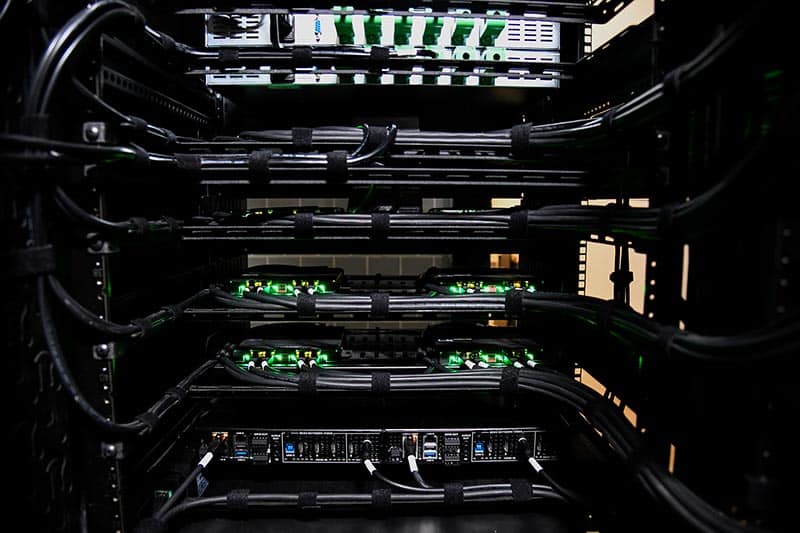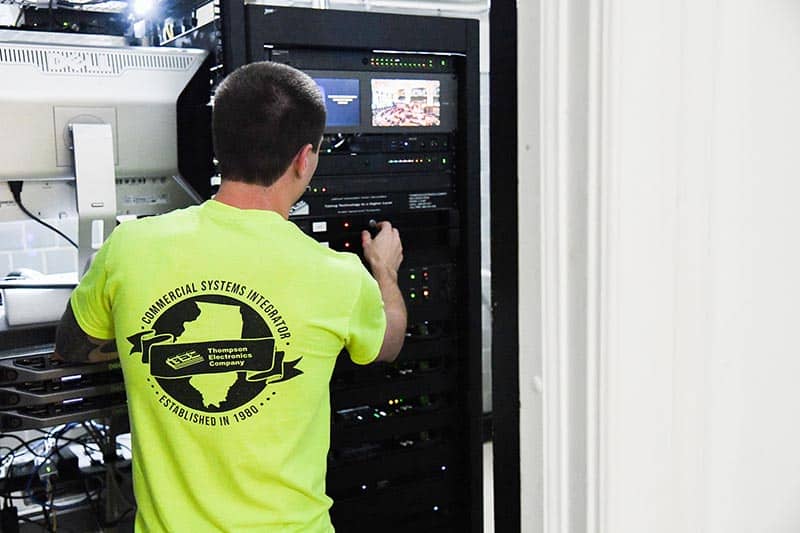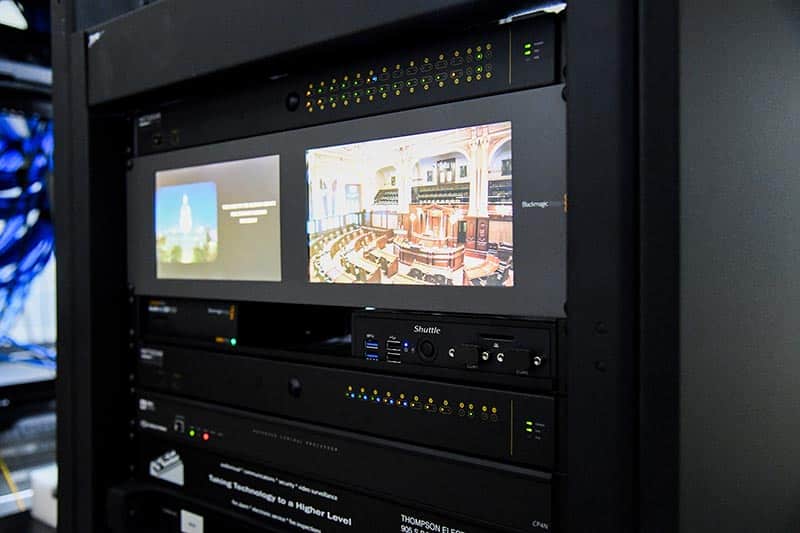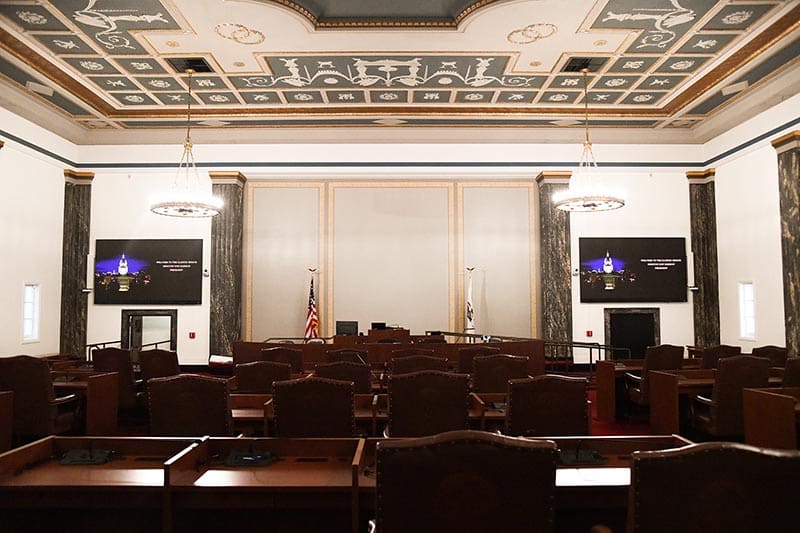Illinois State Capitol Project
Audiovisual Technology for Government
We were contacted by the Illinois State Capitol to design a complete AV (audiovisual) technology system for use by the Illinois Government in a temporary chambers location allowing full AV functionality. We toured the space with the Capitol Architects, Project Management teams, and client representatives. From our meetings and needs analysis, we internally designed a technology system based on the discussed functionality, our experience with other systems we designed for the Illinois Capitol, and current trends in the government technology realm. Once construction plans were finalized and we received updated drawings, we revised and finalized our design and integration approach.
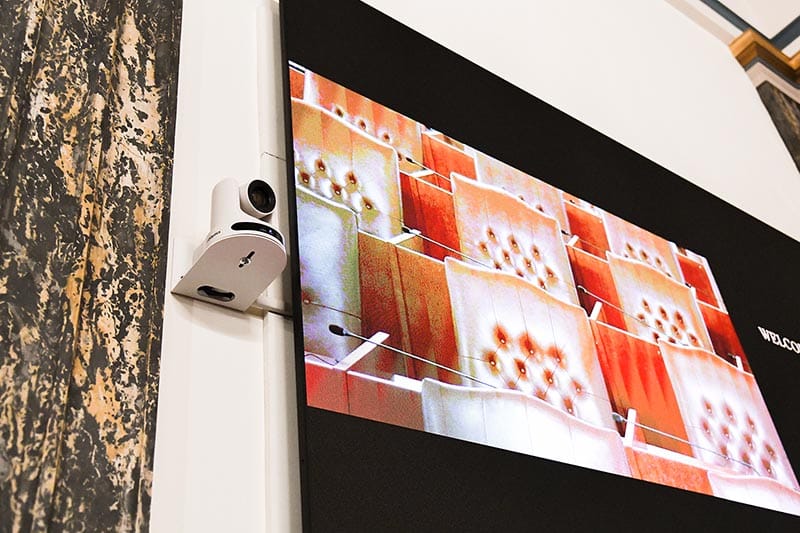
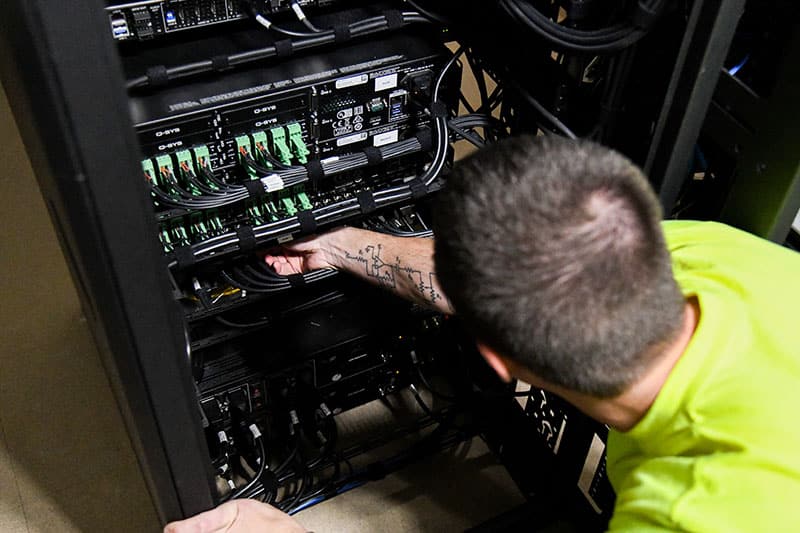
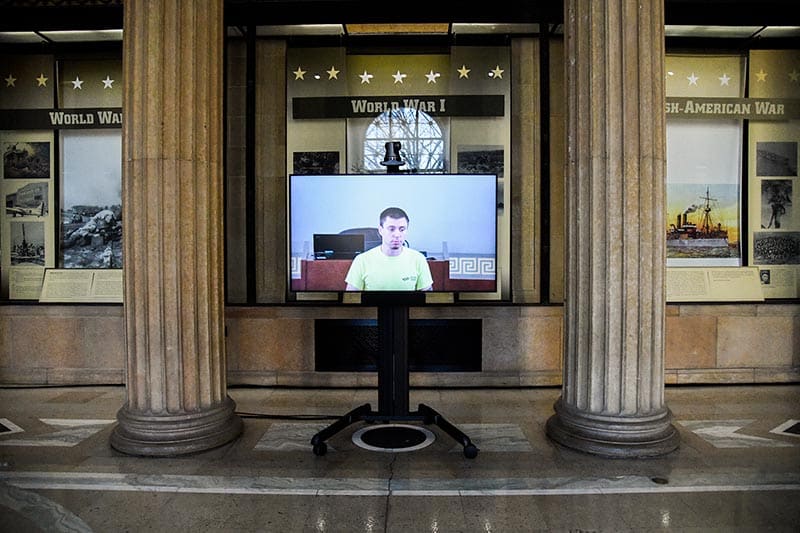
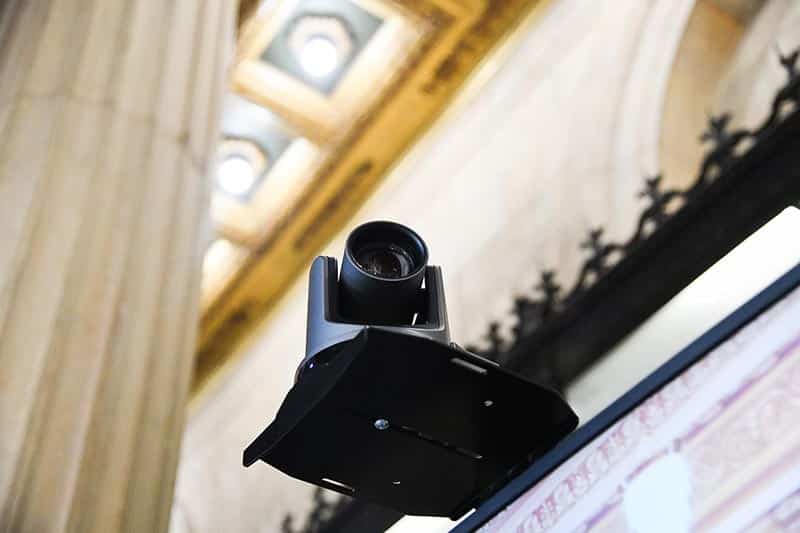
Project Details – Video
For the video portion of our design, they wanted to mimic the functionality of another Illinois Capitol Chamber (which we also designed and integrated). The camera system consisted of (3) HD PTZ 30x broadcast cameras. These included (2) cameras located in the front of the room (one on each side of the stage opening above the door). A third camera was mounted near the back wall to allow viewing from the rear of the room. These cameras are controlled via camera presets predetermined by our custom interface and were ultimately programmed into the local system interface and coordinated with our new system. This interface allows the camera view to switch as needed to the talking participant(s) as well as a 3rd view from the back of the room. For the main video displays in this room, we selected (2) 138” 16:9 1.5mm pixel pitch direct view LED displays. These displays are similar to what we designed and installed for other areas in the Capitol and offer excellent ambient light rejection, off-axis viewing, brilliant color, and a long life span. We installed (1) of these video displays on each side of the front of the room above the door. The main video switcher was a production video switcher that routes all video signal inputs and outputs with seamless transitions and quick source changes. This approach was chosen for its reliability and high performance. On the stage, we have (2) HD monitors for local viewing on the stage (as confidence monitors). For transcription feeds, we installed a pair of networked video endpoints to allow an AV feed and source in the Transcription Room in the Capitol Building.
Project Details – Audio
For audio, each member has a Televic tabletop station with a gooseneck microphone and a built-in speaker in the desktop base. The microphone switching is initiated and controlled via a custom interface with our system to address requests to speak. For audio processing, we utilized a QSC Qsys Core with Dante licensing to process, route, and manage the audio signal chain. Each Televic desktop station has a built-in speaker, but overall room sound reinforcement was required in these sessions due to variable background noise and public seating areas. To accomplish proper audio reinforcement in the room, we selected (2) Renkus Heinz digitally steerable line array speakers with Dante connectivity. These speakers were mounted to the left and right of the stage opening and were programmed and steered to properly cover the seated participants in the room with quality audio.
Project Details – Press Feeds
For press feeds, we provided several locations of analog audio output for the press to plug into. These also are Dante feeds converted to analog at each location. We also incorporated full Zoom integration allowing the use of the new AV system as a Zoom endpoint.
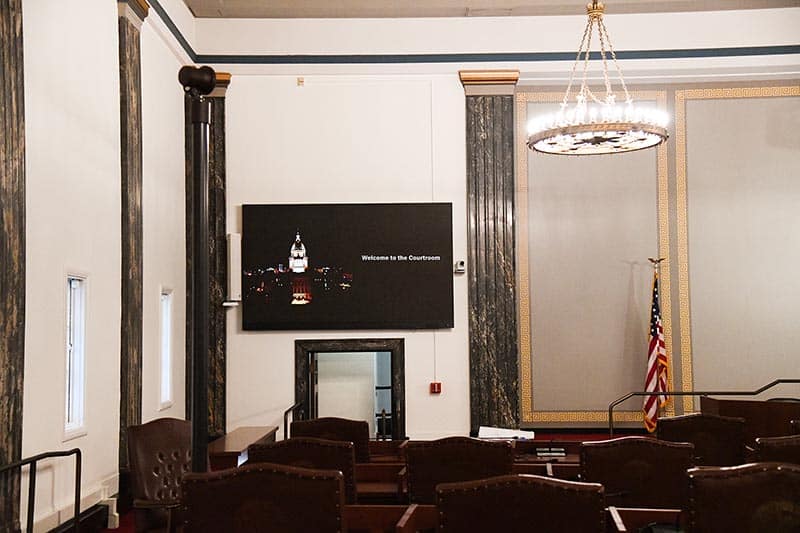
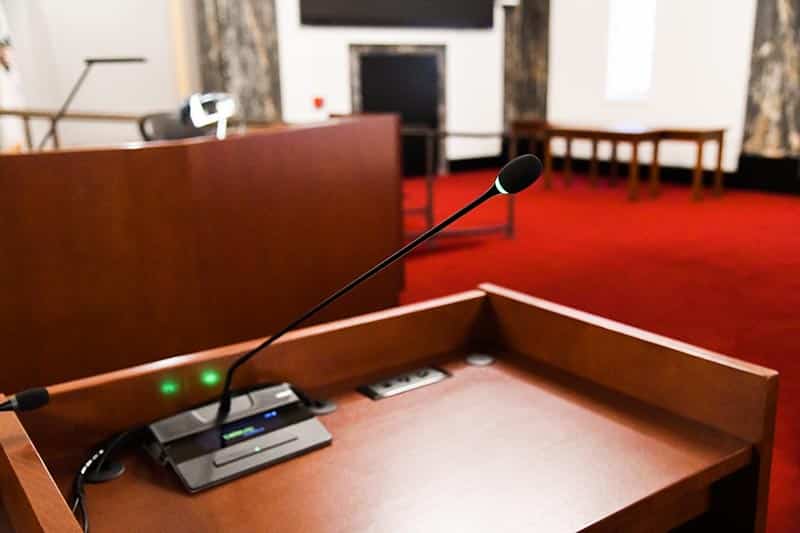

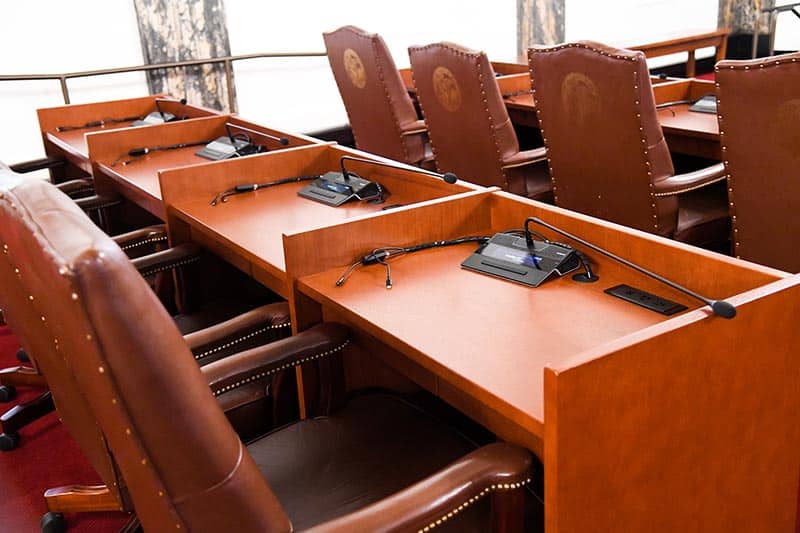
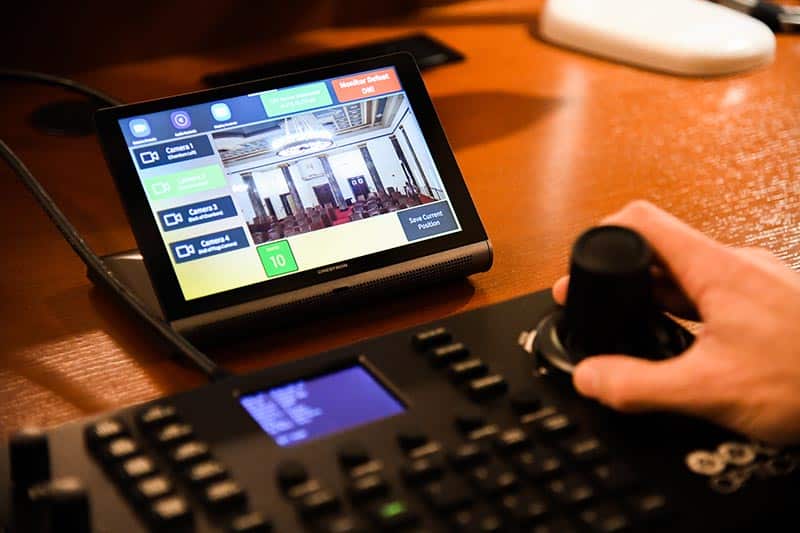
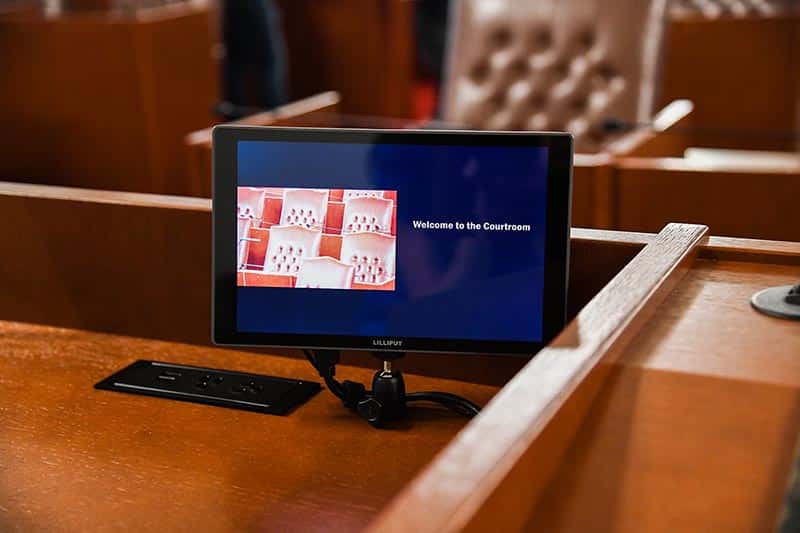
The result of the project was a very comprehensive and technologically advanced system that is simple to use, reliable, and repeatable. We also included pre-programmed spare units (for major components) in the equipment racks. In the case of a failure, a swap out of the bad component with a known good component can be accomplished in less than 5 minutes.
